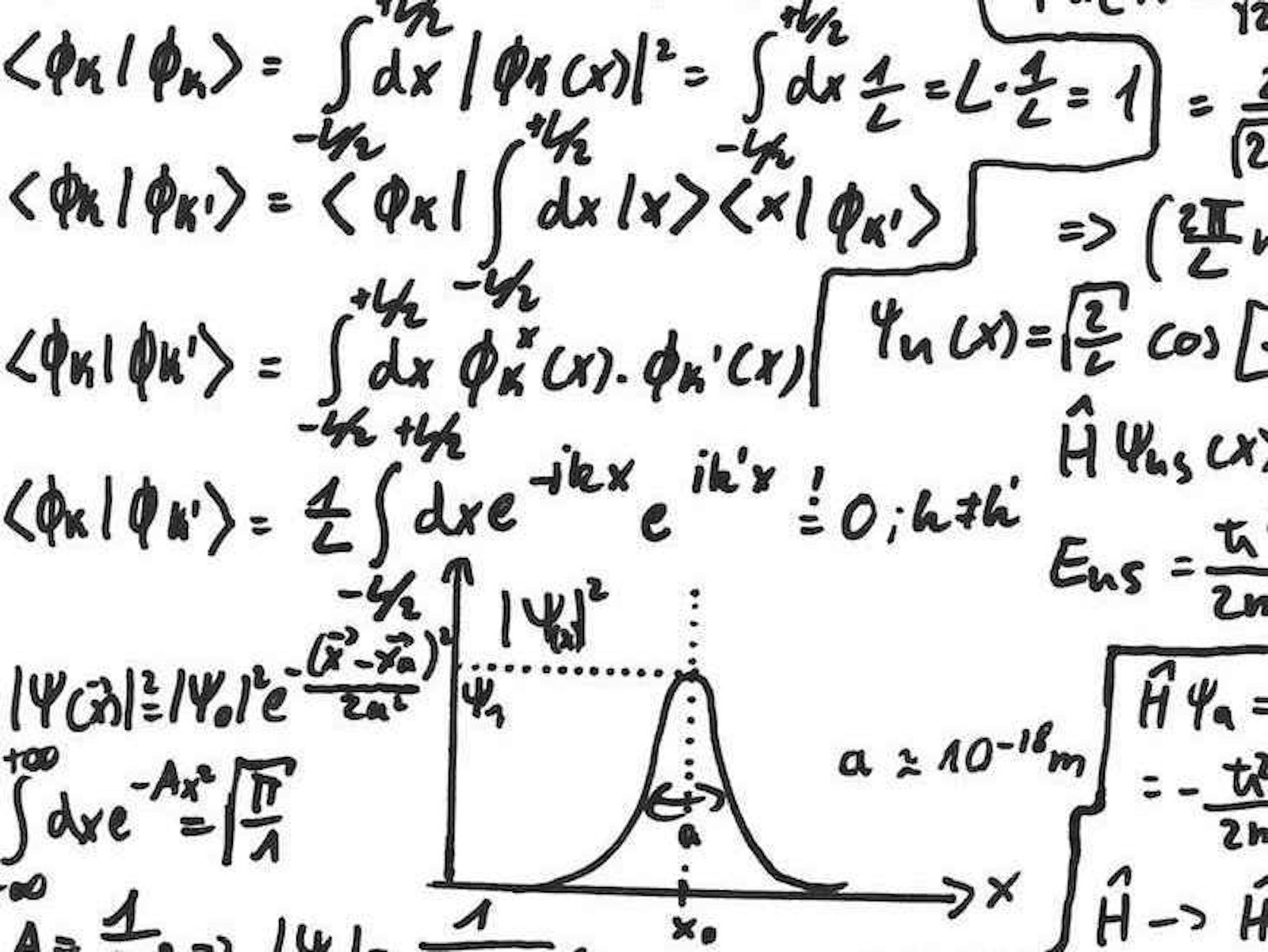Nothing is moving in the foundations of physics. One experiment after the other is returning null results: No new particles, no new dimensions, no new symmetries. Sure, there are some anomalies in the data here and there, and maybe one of them will turn out to be real news. But experimentalists are just poking in the dark. They have no clue where new physics may be to find. And their colleagues in theory development are of no help.
Some have called it a crisis. But I don’t think “crisis” describes the current situation well: Crisis is so optimistic. It raises the impression that theorists realized the error of their ways, that change is on the way, that they are waking up now and will abandon their flawed methodology. But I see no awakening. The self-reflection in the community is zero, zilch, nada, nichts, null. They just keep doing what they’ve been doing for 40 years, blathering about naturalness and multiverses and shifting their “predictions,” once again, to the next larger particle collider.
I think stagnation describes it better. And let me be clear that the problem with this stagnation is not with the experiments. The problem is loads of wrong predictions from theoretical physicists.
The problem is also not that we lack data. We have data in abundance. But all the data are well explained by the existing theories—the standard model of particle physics and the cosmological concordance model. Still, we know that’s not it. The current theories are incomplete.
We know this both because dark matter is merely a placeholder for something we don’t understand, and because the mathematical formulation of particle physics is incompatible with the math we use for gravity. Physicists knew about these two problems already in 1930s. And until the 1970s, they made great progress. But since then, theory development in the foundations of physics has stalled. If experiments find anything new now, that will be despite, not because of, some ten-thousands of wrong predictions.
We are today making more investments into the foundations of physics than ever before. And yet nothing is coming out of it.
Ten-thousands of wrong predictions sounds dramatic, but it’s actually an underestimate. I am merely summing up predictions that have been made for physics beyond the standard model which the Large Hadron Collider (LHC) was supposed to find: All the extra dimensions in their multiple shapes and configurations, all the pretty symmetry groups, all the new particles with the fancy names. You can estimate the total number of such predictions by counting the papers, or, alternatively, the people working in the fields and their average productivity.
They were all wrong. Even if the LHC finds something new in the data that is yet to come, we already know that the theorists’ guesses did not work out. Not. A. Single. One. How much more evidence do they need that their methods are not working?
This long phase of lacking progress is unprecedented. Yes, it has taken something like two-thousand years from the first conjecture of atoms, by Democritus, to their actual detection. But that’s because for most of these two-thousand years, people had other things to do than contemplating the structure of elementary matter. Like, for example, how to build houses that don’t collapse on you. For this reason, quoting chronological time is meaningless. We should better look at the actual working time of physicists.
I have some numbers for you on that too. Oh, yes, I love numbers. They’re so factual.
According to membership data from the American Physical Society and the German Physical Society, the total number of physicists has increased by a factor of roughly 100 between the years 1900 and 2000.* Most of these physicists do not work in the foundations of physics. But for what publication activity is concerned the various subfields of physics grow at roughly comparable rates. And (leaving aside some bumps and dents around the second world war) the increase in the number of publications, as well as in the number of authors, is roughly exponential.
It’s not institutional pressure that creates this resistance, it’s that scientists themselves don’t want to move their butts.
Now let us assume for the sake of simplicity that physicists today work as many hours per week as they did 100 years ago—the details don’t matter all that much given that the growth is exponential. Then we can ask: How much working time starting today corresponds to, say, 40 years working time starting 100 years ago. Have a guess!
Answer: About 14 months. Going by working hours only, physicists today should be able to do in 14 months what a century earlier took 40 years.
Of course you can object that progress doesn’t scale that easily, for despite all the talk about collective intelligence, research is still done by individuals. This means processing time can’t be decreased arbitrarily by simply hiring more people. Individuals still need time to exchange and comprehend each other’s insights. On the other hand, we have also greatly increased the speed and ease of information transfer, and we now use computers to aid human thought. In any case, if you want to argue that hiring more people will not aid progress, then why hire them?
So, no, I am not serious with this estimate, but it explains why the argument that the current stagnation is not unprecedented is ill-informed. We are today making more investments into the foundations of physics than ever before. And yet nothing is coming out of it. That’s a problem and it’s a problem we should talk about.
I’ve recently been told that the use of machine learning to analyze LHC data signals a rethinking in the community. But that isn’t so. To begin with, particle physicists have used machine learning tools to analyze data for at least three decades. They use it more now because it’s become easier, and because everyone does it, and because Nature News writes about it. And they would have done it either way, even if the LHC would have found new particles. So, no, machine learning in particle physics is not a sign of rethinking.
Another comment-not-a-question I constantly have to endure is that I supposedly only complain but don’t have any better advice for what physicists should do.
First, it’s a stupid criticism that tells you more about the person criticizing than the person being criticized. Consider I was criticizing not a group of physicists, but a group of architects. If I inform the public that those architects spent 40 years building houses that all fell to pieces, why is it my task to come up with a better way to build houses?
They constantly tell each other that what they are doing is good science. Why should they stop?
Second, it’s not true. I have spelled out many times, very clearly, what theoretical physicists should do differently. It’s just that they don’t like my answer. They should stop trying to solve problems that don’t exist. That a theory isn’t pretty is not a problem. Focus on mathematically well-defined problems, that’s what I am saying. And, for heaven’s sake, stop rewarding scientists for working on what is popular with their colleagues.
I don’t take this advice out of nowhere. If you look at the history of physics, it was working on the hard mathematical problems that led to breakthroughs. If you look at the sociology of science, bad incentives create substantial inefficiencies. If you look at the psychology of science, no one likes change.
Developing new methodologies is harder than inventing new particles in the dozens, which is why they don’t like to hear my conclusions. Any change will reduce the paper output, and they don’t want this. It’s not institutional pressure that creates this resistance, it’s that scientists themselves don’t want to move their butts.
How long can they go on with this, you ask? How long can they keep on spinning theory-tales?
I am afraid there is nothing that can stop them. They review each other’s papers. They review each other’s grant proposals. And they constantly tell each other that what they are doing is good science. Why should they stop? For them, all is going well. They hold conferences, they publish papers, they discuss their great new ideas. From the inside, it looks like business as usual, just that nothing comes out of it.
This is not a problem that will go away by itself.
Sabine Hossenfelder is a Research Fellow at the Frankfurt Institute for Advanced Studies where she works on physics beyond the standard model, phenomenological quantum gravity, and modifications of general relativity. If you want to know more about what is going wrong with the foundations of physics, read her book Lost in Math: How Beauty Leads Physics Astray.
This post was originally published on BackRe(Action), Hossenfelder’s blog, and is reprinted with permission.
*That’s faster than the overall population growth, meaning the fraction of physicists, indeed of scientists of general, has increased.






























